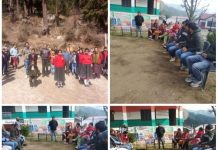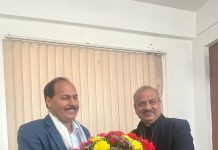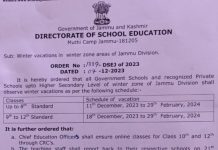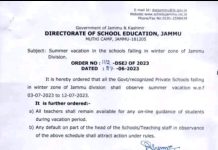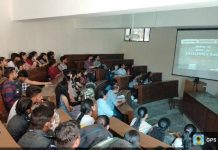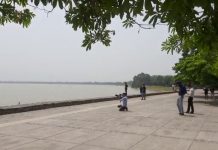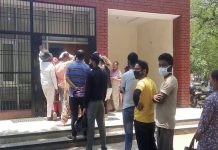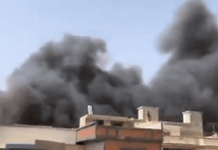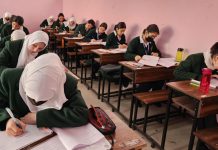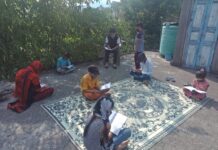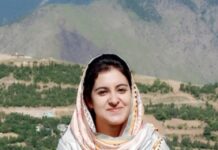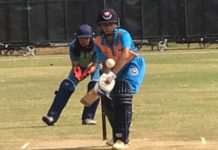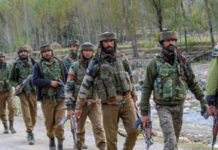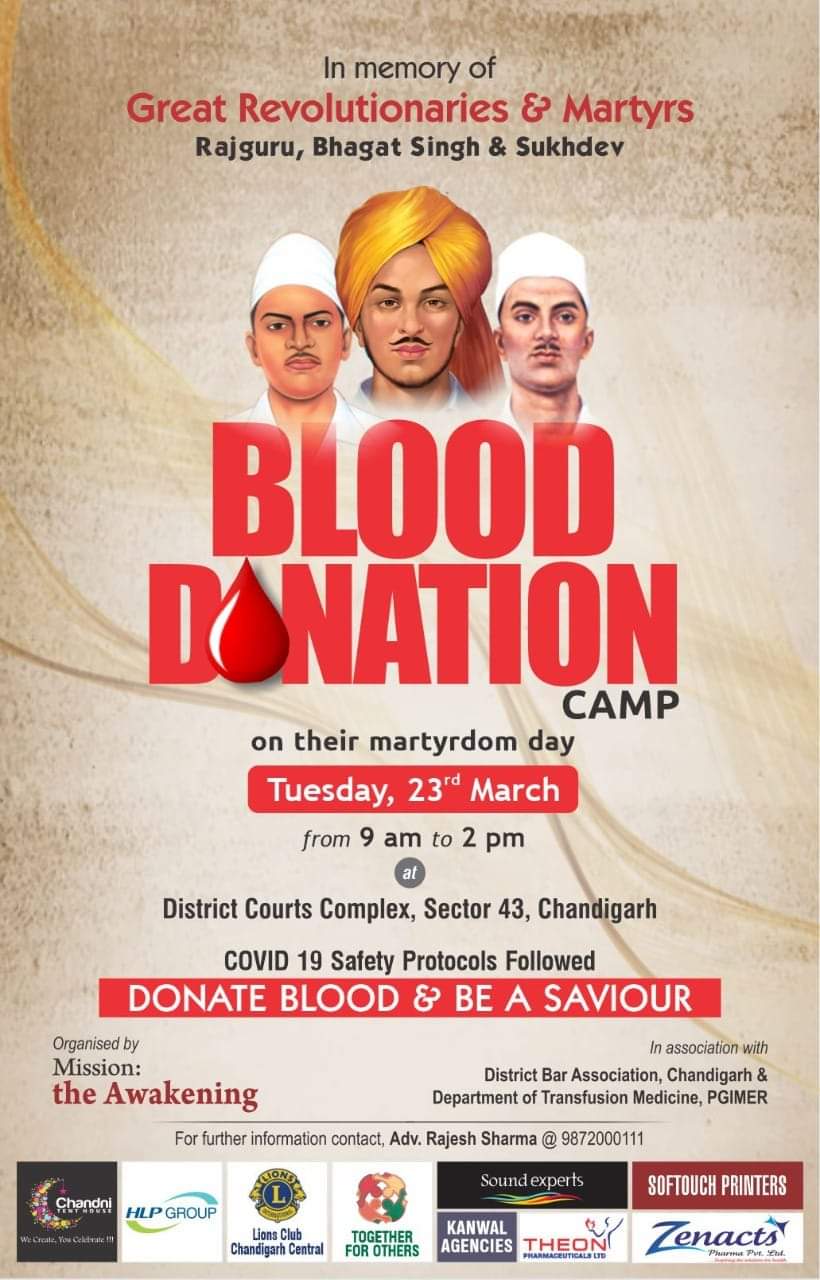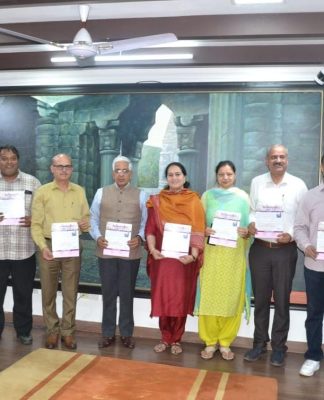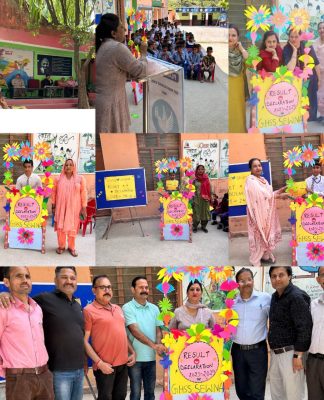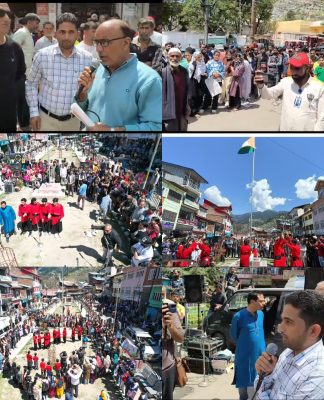The crisis in Gorkhaland (West-Bengal) has been brewing for many decades and the stems from language – Nepali speaking people vs Bengali speaking people. Here, in this article, we are discussing in detail about the Gorkhaland Movement, its background, causes, the current situation, etc.
What is the Gorkhaland Issue?
Gorkhaland consists of Nepali-speaking people of Darjeeling, Kalimpong, Kurseong and other hilly districts of West-Bengal. The people belonging to these areas have ethical, cultural and language differences with the Bengali community of West-Bengal.
The demand of Darjeeling as a separate administrative region dates back to 1907. But, the term “Gorkhaland” was coined recently, in the 1980s, by Subhash Ghising, the founder of Gorkha National Liberation Front (GNLF).
The Gorkhaland Movement is a movement mainly focused in the Darjeeling Hills of West Bengal, which demands the creation of a separate state of Gorkhaland.
The area covers Duars and Terai region of West Bengal. And is famous for its tea and beauty, which are the main sources of its income.
Why is there a demand for separate statehood for Gorkhaland?
The main reason for the separate Gorkhaland movement is due to the differences in ethnicity, culture and language.
The people of Nepali-Indian Gorkha ethnic origin on the Northern part of West Bengal demands a state on basis of their cultural identity, which is very different from Bengali culture.
In addition to an identity crisis, there is also an issue of poverty, under-development and politicisation of the issue.
According to Rajat Ganguli (author of ‘Poverty, Malgovernance and Ethnopolitical Mobilization: Gorkha Nationalism and the Gorkhaland Agitation in India’). It was a failure of governance combined with politicisation that bred the Gorkhaland issue. He cites the historical trend, especially post-independence, where the issue erupts only when it’s pampered by political aspirations.
The story behind the rise of Gorkhaland – Chronology and Cause
How Darjeeling came into existence?
Prior to 1780s the area was ruled by Chogyal of Sikkim
Around 1780 the Gorkhas had captured Sikkim and most parts of the North East including Darjeeling.
In 1814, the Anglo-Gorkha warbroke out, which ended with the Treaty of Segoulee in 1815 (ratified in March 1816).
As per the treaty, British East India Company took all the territory that Gorkha annexed from Chogyal of Sikkim.
In 1817, through the Treaty of Titalia, the British reinstated Chogyal of Sikkim and gave back all the territory annexed by Gorkhas back to Chogyals.
Though in 1835, through Deed of Grant, they took possession of the hills of Darjeeling from Sikkim.
British added Bengal Duars and Kalimpong to Darling hills in 1864 via Treaty of Sinchula, signed between the British and Bhutan.
Thus the present district of Darjeeling came into existence in 1866.
Chronology of ‘demands for autonomy’
In 1907, The demand for a separate administrative unit in Darjeeling was raised for the first time by the Hillmen’s Association of Darjeeling.
In 1941, it demanded exclusion of Darjeeling from Bengal and to make it a chief commissioner province.
The undivided Communist Party of India, in 1947 submitted a memorandum to the Constituent Assembly demanding the formation of Gorkhasthan comprising Darjeeling district and Sikkim.
In 1952, Akhil BharatiyaGorkha League (ABGL) meets Prime Minister and demands separation from Bengal.
1977- 81: The West Bengal government passes a unanimous resolution supporting the creation of an autonomous district council consisting Darjeeling and related areas.
1980: Subhash Ghising forms Gorkha National Liberation Front (GNLF).
GNLF launches a most violent agitation in Gorkhaland movement history in 1986.
In 1988, Darjeeling Gorkha Hill Council accord is signed by GNLF, the state of Bengal and the Centre. Darjeeling Gorkha Hill Council came into action. GNLF drops the demand for the separate state.
In 2005, the same parties signed an in–principle memorandum of settlement to include Darjeeling in the Sixth Schedule of the Indian Constitution, which addresses the administration of tribal areas.
Calling ‘the Sixth Schedule solution’ a betrayal to Gorkhaland, Bimal Gurung launched Gorkha Janmukti Morcha (GJM) in 2007. The same year witnessed a rise in agitations for the separate Gorkhaland demand.
In 2011 the memorandum of agreement for the formation of a Gorkhaland Territorial Administration (GTA), a semi-autonomous administrative body for the Darjeeling, passed by West Bengal legislative assembly to calm the GJM.
Major Post-Independence Movements related to Gorkhaland
The All India Gorkha League (AIGL) came into existence in 1943 as the first political party in the Darjeeling hills. After India’s independence, it demanded the addition of Darjeeling to Assam and started ‘Assam Chalo’ movement. It worked on petitions, like the moderates, and had submitted memorandums to the President of India and the Prime Minister of India. It was never violent, except few exceptions.
The biggest and most violent agitation took place in 1986 under the banner of GNLF, led by Subhash Ghising. Between 1986-88, Darjeeling witnessed most violent phase in its post-independence history of India. As per one estimate, more than 1200 people lost their lives. It ended with DGHC accord (discussed above).
In 2004, the fourth elections for DGHC didn’t take place. Instead, in 2005, Darjeeling was added to the sixth schedule and a tribal council was set up with Ghising as its head. It leads to revolt by Bimal Gurung, who launched GJM in 2007. Thereby, the second biggest agitation in Gorkhaland movement took place. As evident from the turn of events, it was a politically motivated rather than identity driven.
In 2010-2011, the Gorkhaland agitation saw a new turn after local leaders fought among themselves as one of the leader of the Akhil Bharatiya Gorkha League (ABGL), was allegedly stabbed to death by GJM supporters.
In 2013, the demand for separation rose high again due to the division of Andhra Pradesh. The movement was peaceful under the leadership of GJM. GJM adopted the innovative method of protest called “Janta Bandh”. People were told to voluntarily stay inside on 13th and 14th August. There was no force used but the silence on streets was an evident sign of revolt. It was portrayed as an embarrassment to the government.
2017 Darjeeling Agitation
Cause
West Bengal government’s decision to impose Bengali language in all the schools from Class I to IX.
What made it worse?
Heavy-handed response from state leading to the death of protestors.
Considered as an attempt by TMC (All India Trinamool Congress) to gain hold in Darjeeling. In 2017 municipal election, TMC won only 1 seat while GJM held 31 seats.
GJM finds it as right opportunity to raise its importance.
Why Gorkhaland Movement Matters?
It is one of the oldest movement in India (began in 1907)
What happens in Gorkhaland will affect India-Nepal relations too. How India treats the problems of the Nepali people of hill origin in Darjeeling will affect how Nepal deals with the people of Indian origin in Nepal, i.e. Madhesi in Terai.
Gorkhaland has a strategic location, it’s vicinity to the chicken neck that connects rest of India with North East. Its stability is must for India’s strategic and economic interests of the nation.
Darjeeling is a tea and tourist hot-spot with a high level of poverty. It needs and has potential to become the economic engine of the East with a sustainable economic model. But such things will be possible only if there is stability in the region.
Possible Resolution -Division of the state of West Bengal, to create Gorkhaland
Pros
It may create a stable and responsible government in Darjeeling.
It will end one of the longest movement for the creation of a separate state in India
Cons
It can lead to “Balkanization” of India.
It may legitimise violence as a way to meet demands.
The rise of agitation with the rise of new outfits shows that politics plays the vital role. The division would be an extreme measure for a problem that can be resolved by political consensus like done in 1988 and 2011.
Division of state should be done on the criteria set by State Reorganisation Commission. Any diversion would only create a more dissension than the solution.
2. Giving more powers to Gorkhaland Territorial Administration, creating a transparent and open election process. It must be realised that GJM rose due to the failure of the government to conduct 4th DGHC elections.
3. The Parliament can amend the Constitution of India and insert autonomous district within West Bengal by adding a provision like 244 A, which provides for such method for Assam.
Conclusion
The demands for separate statehood in India have been there even before India’s Independence. Even after the state re-organization of 1956, there were demands from various corners of the country for the creation of a separate state. Linguistic, cultural, ethnic and economic distinctions can be traced as the core reasons behind these demands.
Hegel said, “We learn from history that we do not learn from history”. The repetition of history in the Gorkhaland issue is the living proof. Especially in the post-independence, where the rise and fall of momentum in demand follow the rise and fall of the party involved. The solution lies in pleasing the population rather than the parties. Gorkhaland can become an epitome of decentralisation or a failed divided state. The choice is in the hands of people protesting. Are they protesting for the right cause?


